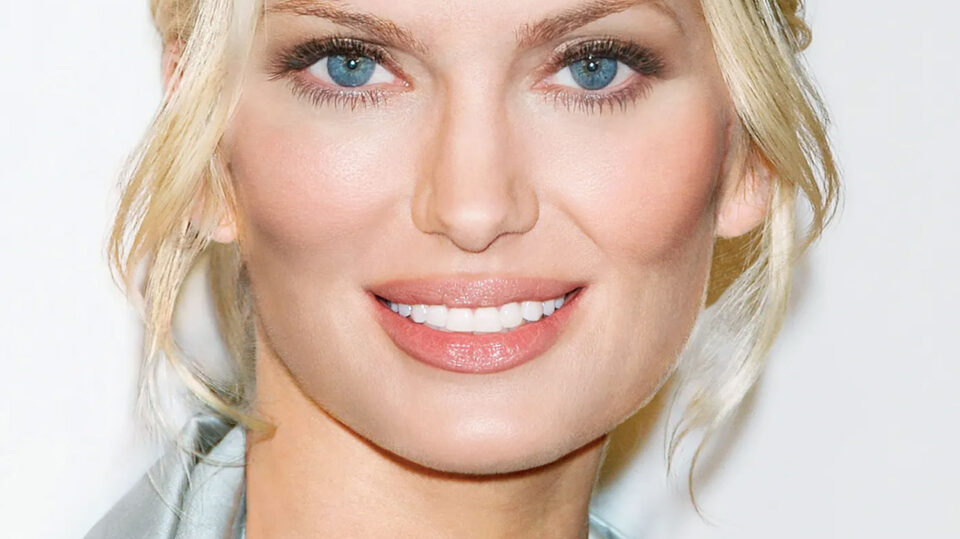What is a big jawline?
A big jawline, also known as a wide or prominent jawline, is characterised by a strong, defined lower facial structure. It typically refers to:
- A wide mandible (lower jaw bone) that extends laterally, creating a square or angular appearance.
- Prominent masseter muscles, which are the chewing muscles located on both sides of the lower face.
- A jawline that is almost as wide as or wider than the cheekbones, particularly in men.
A big jawline is often associated with certain traits and perceptions:
- Strength, determination, and resilience
- Confidence and assertiveness
- Leadership qualities and ambition
- Youthfulness, fitness, and health
However, a disproportionately large jawline can sometimes be perceived as aggressive or demanding. The appearance of a big jawline can be influenced by various factors, including genetics, muscle development, and age-related changes in facial structure.
How can I tell if my jawline is too pronounced?
To determine if your jawline is too pronounced, you can use the following methods:
- Profile view assessment: Look at your face from the side. A well-balanced jawline should align with your lips and be in proportion with other facial features.
- Rickett’s Esthetic Line: Draw an imaginary line from the tip of your nose to the tip of your chin. Your lips should be about 2-4 millimetres away from this line. If your chin extends beyond this line, it may indicate a pronounced jawline.
- Facial balance: Examine your face from the front. A jawline that appears significantly wider than your cheekbones or creates an overly square appearance might be considered too pronounced.
- Comparison to other features: If your jawline draws attention away from other facial features or appears disproportionately large, it may be too pronounced.
- Facial harmony: Assess whether your jawline complements your overall facial structure. A jawline that doesn’t harmonise with other features might be considered too prominent.
What causes a big jawline?
A prominent or wide jawline can be attributed to several factors:
Genetic Factors
Genetics play a significant role in determining facial bone structure, including the size and shape of the jawline. Many individuals, particularly those of Asian descent, may have naturally larger jawbone structures due to hereditary traits.
Muscle Development
The development of jaw muscles, particularly the masseter muscles, can contribute to a wider jawline appearance. This muscle growth can be caused by:
- Repetitive actions like chewing hard or tough foods
- Bruxism (teeth grinding)
- Genetic predisposition to enlarged masseters
Bone Growth and Structure
The growth and development of facial bones, especially during adolescence (ages 12-15), significantly impact facial size and shape. The cross-sectional areas of jaw muscles, particularly the temporalis and masseter muscles, have been found to correlate positively with facial width.
Fat Accumulation
Consuming a diet high in fat or excessive portions can lead to fat accumulation around the jawline, causing it to appear larger and more angular. Additionally, overall body fat percentage can influence the appearance of the jawline, with higher body fat potentially contributing to a softer, less defined look.
Age-Related Changes
As individuals age, changes in bone density, fat distribution, and skin elasticity can affect jawline appearance. The natural aging process can lead to:
- Shrinkage of bone and deep fat
- Sagging of overlying superficial fat and skin
- Loss of skin elasticity
Other Contributing Factors
- Posture: Poor posture, such as forward head posture, can affect the appearance of the jawline.
- Hydration: Dehydration can impact skin elasticity and overall facial appearance.
- Hormonal changes: These can influence bone density and facial contours over time.
Understanding these factors can help individuals address concerns about their jawline appearance and consider appropriate treatments or lifestyle changes if desired.
Are there treatments available for a big jawline?
Yes, there are several non-surgical treatments available for treating a big jawline. These methods offer less invasive alternatives to surgery with minimal downtime and reduced risks. Most treatments are referred to as jawline slimming, with some of the most popular options being:
Dermal Fillers
Dermal fillers typically composed of HA, can strategically add volume to specific areas of the lower face. By carefully placing fillers, a skilled practitioner can:
- Enhance Chin Projection: A weak chin can sometimes make the jawline appear larger. Fillers can augment the chin, creating better balance and proportion.
- Improve Jawline Definition: Fillers can be used to sculpt and define the jawline, creating a smoother, more contoured appearance.
- Correct Asymmetries: Fillers can address imbalances and asymmetries in the lower face, creating a more symmetrical look.
Biostimulators
These treatments work differently from traditional volumising options. Rather than adding immediate volume, they support the body’s natural collagen production to gradually improve skin quality and structure over time.
Benefits include:
- Natural Collagen Stimulation: Biostimulators encourage the body to produce its own collagen, leading to gradual and natural-looking results.
- Long-Term Jawline Definition and Lift: Increased collagen production provides structural support, improving jawline definition and providing a subtle lift.
- Enhanced Skin Structure and Elasticity: The increased collagen also improves overall skin quality, reducing laxity and improving texture.
These non-surgical treatments offer various benefits, including:
- Minimal downtime
- Lower risk compared to surgery
- Gradual, natural-looking results
- Flexibility to adjust treatment over time
It’s important to consult with a qualified Registered Nurse from The Cosmetic Studio Noosa to determine the best approach for your specific needs and facial structure. Results can vary, and multiple sessions may be required for optimal outcomes.
